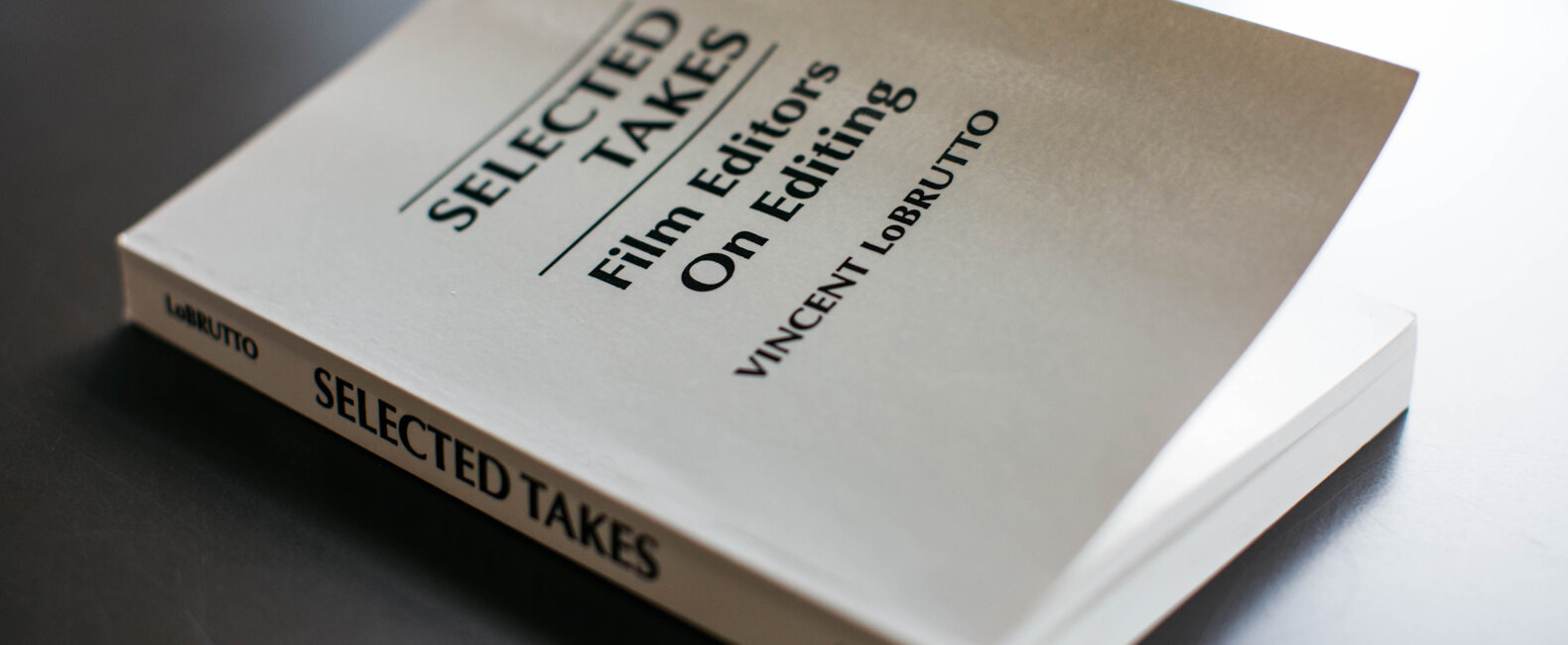This is the first installment of our blog series inspired by “Selected Takes: Film Editors on Editing” by Vincent LoBrutto. His book is a wealth of information, and in this series, we’ll be sharing editing lessons from some of the most legendary editors of the 20th century.
Anne V. Coates is a great place to start in this series of editing lessons. She was one of the most formidable editors of the 20th century, with a long career lasting from 1952 to 1991. In reading her interview from “Selected Takes,” it’s evident that she had a pure joy for the craft of editing, regardless of the challenge — or even the film she was making.
She’s best known for her work with David Lean on the epic masterpiece, Lawrence of Arabia, for which she won the film editing Oscar in 1962, along with Beckett and David Lynch’s The Elephant Man.
Here are a few key editing lessons from legendary editor Anne V. Coates.

Manage the Performances
One of the editor’s key (and often overlooked) tasks is to present the best side of an actor’s performance, to frame their work in a way that most accurately portrays the story. In her work on Tunes of Glory, starring Alex Guinness and John Mills, Anne explained that she had to pay special attention to the edit in respect to both of their performances:
“They were very good performances but sometimes they both went a little bit over. When performances are very dramatic, you’ve got to be very careful that you don’t go over the top with them. You often play it a little bit down. I don’t like overacting. I like really sincere acting. I think that you can tell a story much better with the little innuendos than the big bravados, and those were very big bravado performances.”
She even referenced “bringing out the best in Alec,” which is an interesting thought from an editor’s perspective. It’s easy to think of an editor as a piecer of puzzles and a storyteller. But, it’s an entirely different thing to view them as a performance curator.
Obviously, Anne had a talent for this aspect of her job, to handpick performance material in a way that represents the story — and the actor — in the best way possible. The editor is the craftsman of the film, which includes working magic to help the actors support the final cut.
Hold the Cut as Long as You Can
Revered as one of the best cuts of all time, the “match scene” in Lawrence of Arabia is editing genius, perfect in its simplicity and its implications. But, many people don’t talk about the shot immediately after, the sun rising slowly over the horizon, crescendoing alongside the score.
Anne detailed the painstaking attention to detail that went into this cut:
“We timed that several times to see how long we could hold it before the sun came up. It always seemed like we held it a bit too long, but once the music was on there, it seemed perfect. David taught me a lot about holding on to shots. He was much braver than I was in those days, I would say. I would say, ‘It’s really too long, David.’ ‘Nonsense,’ he would say, ‘It’s perfect.’ When you got the music on he was quite right. I learned so much from him: to be brave, and to throw stuff out, too. You’ve got to be ruthless to get down to the actual core of a picture and he was ruthless.”
The big takeaway here, of course, is to be brave in the edit. It takes guts to do something different, even with a seemingly minor detail like the length of sunrise.
But, there’s also an element of patience as well. Be ruthless in your cuts, merciless. But, when you find something that works or needs room to breathe, let it sit for a while, give it space, and the film will let you know if it works or not.
Take a Film Step-by-Step
Anne cut all sorts of films, from comedies and dramas to sweeping epics. For Lawrence of Arabia, the first cut of the film came in at 4 hours with the overture and intermission. She said there were a total of 31 miles of film for the movie.
The beginning of a film can be overwhelming, regardless of its length. According to Anne, though, it’s all the same. And the success of a project many times depends on the mindset of its editor:
“It’s just the same. You just take it sequence by sequence. It’s not really very different. Obviously, you’re going to take a little bit more time, and you have more material to choose from, but you should remain calm at all times. If you’ve got a whole heap of material coming in, just take it step-by-step; work out in your mind what you want to get out of a scene. Whether you’ve got thousands of feet or five feet, it’s the same thing.”
It sounds simple, but it’s such a great lesson to remember for editors. Your techniques and training apply in any situation — the story is king, cut mercilessly, and keep the big picture in mind. If you stick to your tools, they’ll take you there step-by-step.
Vincent LoBrutto’s book is a wealth of information for editors and filmmakers of any kind. Stay tuned as we share more editing lessons, but we also recommend picking up a copy for yourself as a reference. Either way, it’ll serve as a great companion piece as we dive even further in.

















































































